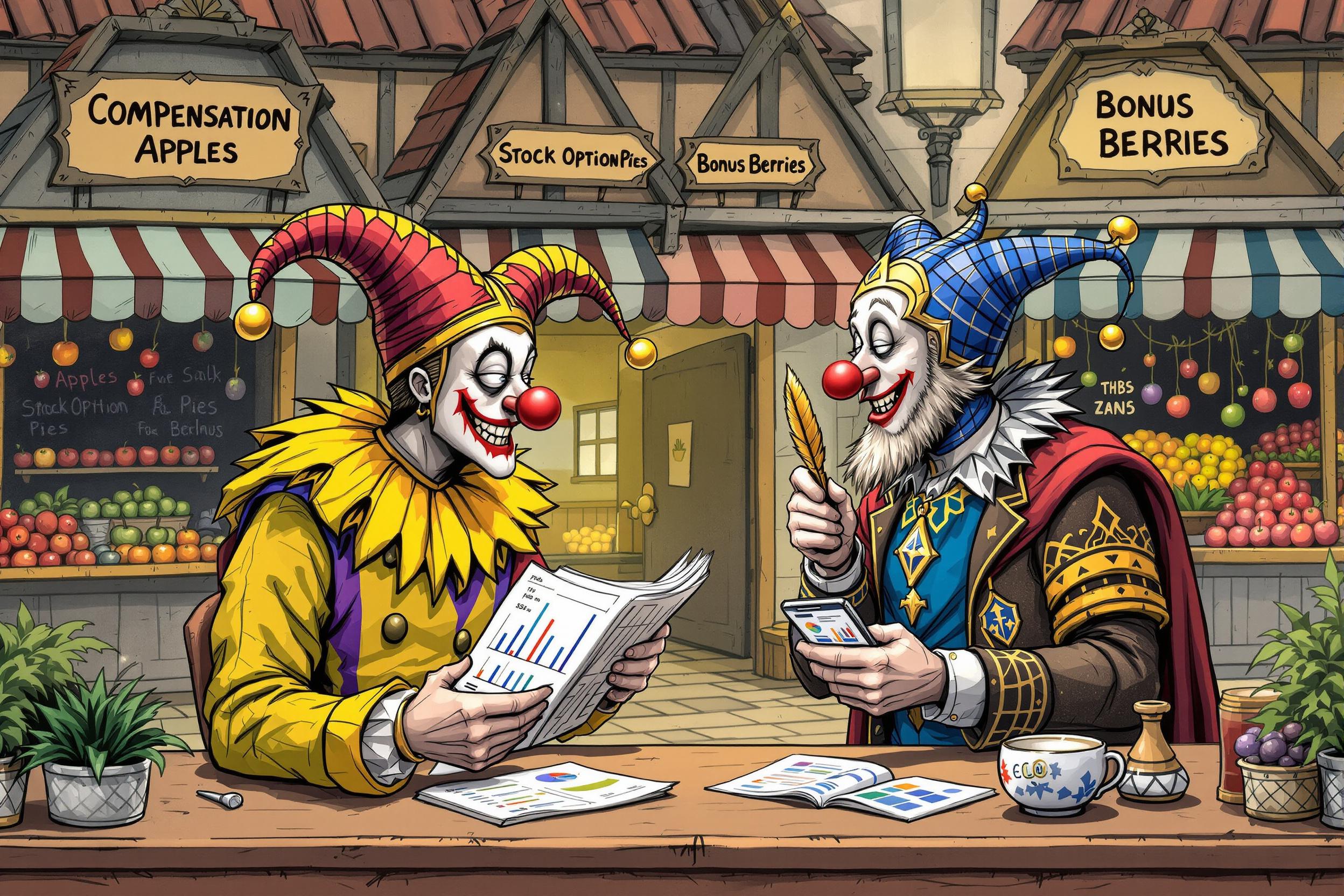
Matte Painting
Matte Painting is a technique used in movies, TV shows, and video games to create realistic background scenes that would be impossible or too expensive to film in real life. Originally done by hand on glass, today's matte painters use digital tools to create these virtual environments. Think of it like creating ultra-realistic digital backdrops - instead of building an entire medieval castle or futuristic city, artists create these scenes on computers. This saves production companies both time and money while allowing for creative freedom in scene design.
Examples in Resumes
Created Matte Paintings for major fantasy film trilogy, including castle environments and dramatic landscapes
Led team of 3 artists in developing Digital Mattes for streaming series season finale
Developed Matte Paintings and Digital Matte environments for award-winning video game cinematics
Typical job title: "Matte Painters"
Also try searching for:
Where to Find Matte Painters
Online Communities
Job Boards
Industry Events
Example Interview Questions
Senior Level Questions
Q: Can you describe a challenging matte painting project you managed and how you solved any problems that came up?
Expected Answer: Look for answers that demonstrate leadership, problem-solving, and ability to manage complex projects while meeting deadlines. They should mention coordinating with other departments and adapting to client feedback.
Q: How do you approach creating environments that need to match live-action footage?
Expected Answer: Senior artists should discuss analysis of lighting, perspective, and color matching. They should mention experience with different shooting conditions and understanding of camera techniques.
Mid Level Questions
Q: What's your process for creating depth and atmosphere in digital environments?
Expected Answer: Should explain basic principles of atmospheric perspective, color theory, and how they create the illusion of depth in their work. Should mention specific techniques they use.
Q: How do you handle feedback and revisions from art directors?
Expected Answer: Should demonstrate good communication skills, ability to accept constructive criticism, and efficient workflow for implementing changes while maintaining project timelines.
Junior Level Questions
Q: What software tools do you use for matte painting?
Expected Answer: Should be familiar with standard industry software like Photoshop, and possibly 3D tools. Should demonstrate basic understanding of digital painting techniques.
Q: Can you explain your understanding of perspective and lighting in matte painting?
Expected Answer: Should show basic knowledge of perspective rules and how lighting affects mood and realism in digital artwork.
Experience Level Indicators
Junior (0-2 years)
- Basic digital painting skills
- Understanding of perspective and composition
- Knowledge of common software tools
- Basic photo manipulation techniques
Mid (2-5 years)
- Strong environmental design skills
- Ability to match live-action footage
- Good understanding of color and lighting
- Efficient workflow management
Senior (5+ years)
- Advanced environment creation
- Team leadership and project management
- Complex integration with 3D elements
- Client communication and feedback implementation
Red Flags to Watch For
- No portfolio or poor quality of work examples
- Lack of understanding of basic perspective and composition
- Unable to work with standard industry software
- Poor communication skills or inability to accept feedback
- No experience with deadlines or production pipelines
Need more hiring wisdom? Check these out...

The Hidden Art of Salary Negotiation: How to Win Hearts Without Going Broke

Unlocking Team Potential: Personality Mapping for Dynamic Management

From Passive to Active: Nurturing Candidates Over the Long Haul

